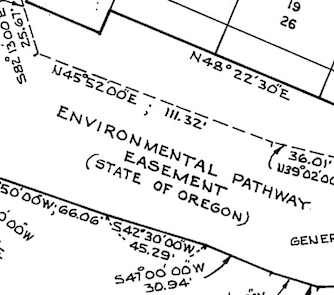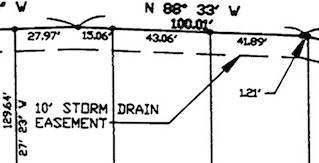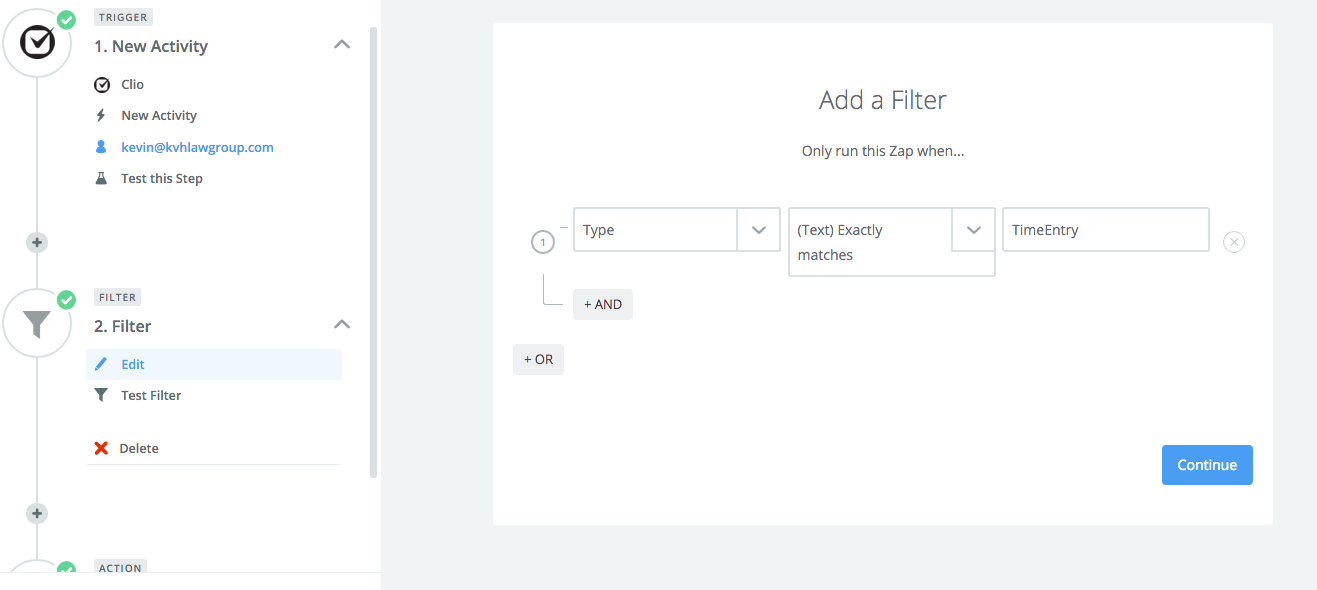Rules, Regulations & Resolutions
This is a broad category, and refers to those documents that are typically adopted by the board of directors without a vote of the owners (note: some associations may have owner approval requirements). Examples include: architectural guidelines, collections resolutions, enforcement procedures, and house rules. These documents are not recorded, which is why it is critical that owners receive and are on notice of these documents. Keep resolutions simple, be sure to cite to the authority for adopting the rule or regulation, and make sure owners know the reasons for adoption.
- Resolutions
Resolutions memorialize policies and procedures of the board of directors. They are also used to enact rules and regulations. Generally, resolutions, rules and regulations are adopted by the board without a vote of the owners.
There are several types of resolutions:
Policy Resolutions - these affect the rights and obligations of owners. Examples include enforcement resolutions and architectural guidelines.
Administrative Resolutions - these govern the operations of the association. Examples include collections resolutions and resolutions governing board and owner meetings.
Special Resolutions - this type of resolution is used for a specific circumstance. For example, if the board decides to take enforcement action against a specific owner, this may be recorded in a formal resolution.
2. Rules
Rules are specific guidelines governing the behavior and actions of the owners within the community. Rules are often enacted via a policy resolution.
Typical rules in a community association include rules governing: pets, parking, solicitation, garbage and trash, and renting of homes or units. Architectural guidelines are a type of rule, but specifically govern the appearance of an owner’s lot or unit.
When creating rules, make sure:
The rule does not violate federal or state law;
The rule is consistent with the other governing documents;
The rule relates to the affairs and operations of the community;
The rule is reasonable and capable of uniform enforcement; and
The rule is necessary.
3. Rule Development
Follow the same steps each time a rule is considered and created. Here are some guidelines:
1. Identify the need for the rule, and make sure that the issue isn’t already addressed in other governing documents.
2. Determine the authority to create the rule. Many governing documents provide specific authority to adopt certain rules. State law also provides the authority to create certain rules.
3. Specify the scope of the rule, i.e. who and what it applies to. Don’t be vague and clearly list procedures, due process and enforcement. Rules should be brief and easy to understand.
4. Solicit owner feedback about the proposed rule. Owners will often provide valuable feedback on proposed rules. Consider holding an owners meeting to openly discuss the rule.
5. Once the rule is adopted by the board, ensure that all owners receive notice of the rule. Begin uniform enforcement immediately.









